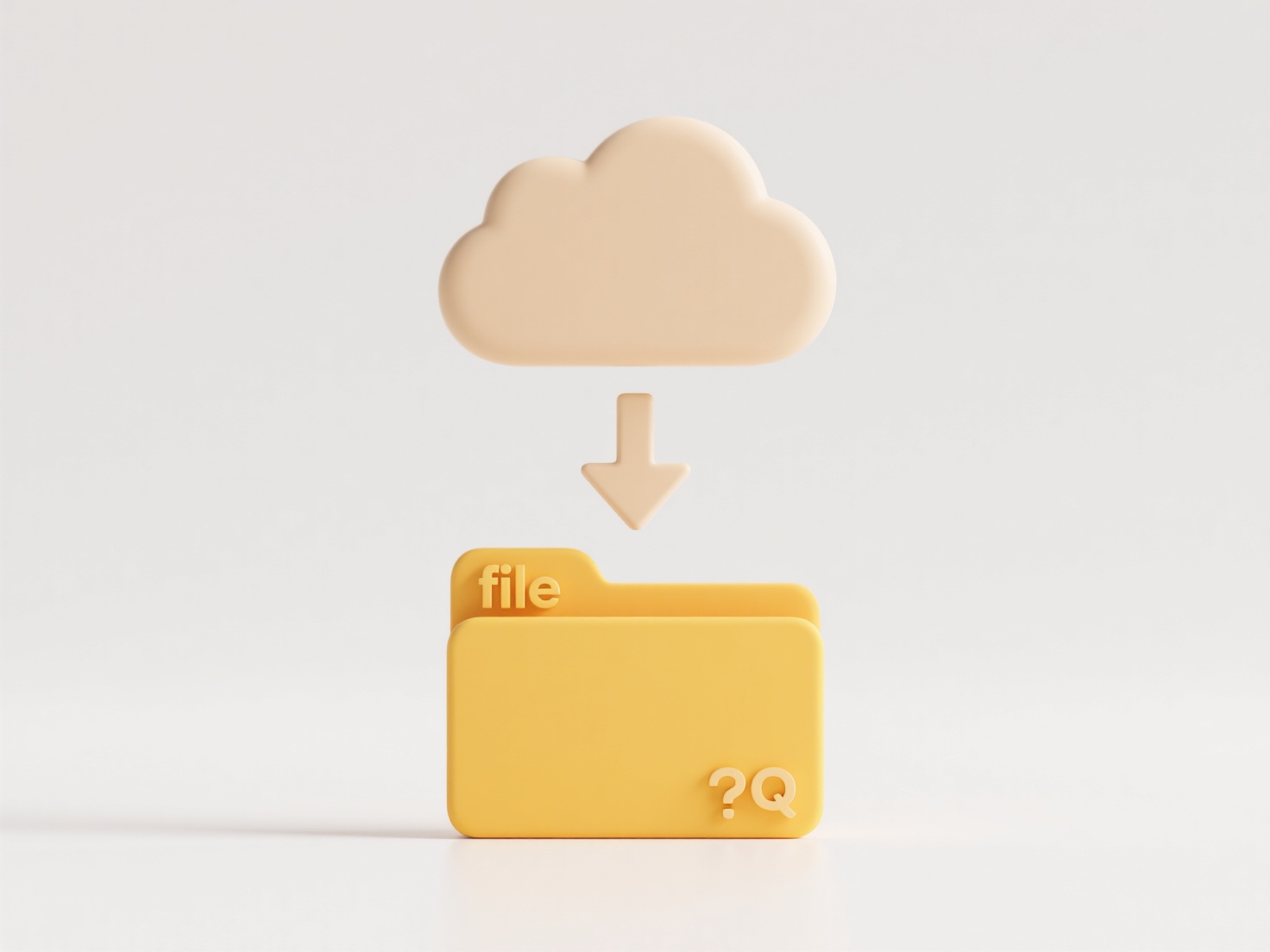
File duplicates caused by email attachments occur when you save the same attachment multiple times to your computer or cloud storage, or when multiple people send the same file to a shared mailbox. Unlike saving a file directly from its source location, each attachment save operation creates an entirely new, separate copy on your system, unaware that an identical file might already exist elsewhere.
To manage these duplicates, you can use dedicated duplicate file finder software tools such as CCleaner or Duplicate Cleaner Pro to scan specific folders (like Downloads or Document folders where attachments are often saved) for matching files. Cloud storage services like Google Drive or Dropbox also offer duplicate detection features, alerting you when you attempt to upload a file identical to one already stored, helping prevent redundant saves when archiving received attachments.

While deduplication software significantly reduces wasted storage space and file organization chaos, a key limitation is the potential for false positives or accidental deletion of non-duplicate files if settings aren't configured carefully. Ethically, it's important to ensure no vital file is deleted; always review suggestions before removing files. Cloud services are increasingly automating this detection, easing the burden on users who frequently handle shared attachments.
How do I deal with file duplicates caused by email attachments?
File duplicates caused by email attachments occur when you save the same attachment multiple times to your computer or cloud storage, or when multiple people send the same file to a shared mailbox. Unlike saving a file directly from its source location, each attachment save operation creates an entirely new, separate copy on your system, unaware that an identical file might already exist elsewhere.
To manage these duplicates, you can use dedicated duplicate file finder software tools such as CCleaner or Duplicate Cleaner Pro to scan specific folders (like Downloads or Document folders where attachments are often saved) for matching files. Cloud storage services like Google Drive or Dropbox also offer duplicate detection features, alerting you when you attempt to upload a file identical to one already stored, helping prevent redundant saves when archiving received attachments.

While deduplication software significantly reduces wasted storage space and file organization chaos, a key limitation is the potential for false positives or accidental deletion of non-duplicate files if settings aren't configured carefully. Ethically, it's important to ensure no vital file is deleted; always review suggestions before removing files. Cloud services are increasingly automating this detection, easing the burden on users who frequently handle shared attachments.
Related Recommendations
Quick Article Links
Can I add language codes to multilingual files?
Adding language codes to multilingual files is a fundamental localization practice. Language codes are standardized iden...
How do I add today’s date to many file names?
Adding today's date to multiple file names involves programmatically modifying file names to include the current calenda...
How do I make file sharing compliant with GDPR/CCPA?
GDPR (EU) and CCPA (California) are data privacy laws governing personal data handling. GDPR emphasizes consent, rights ...